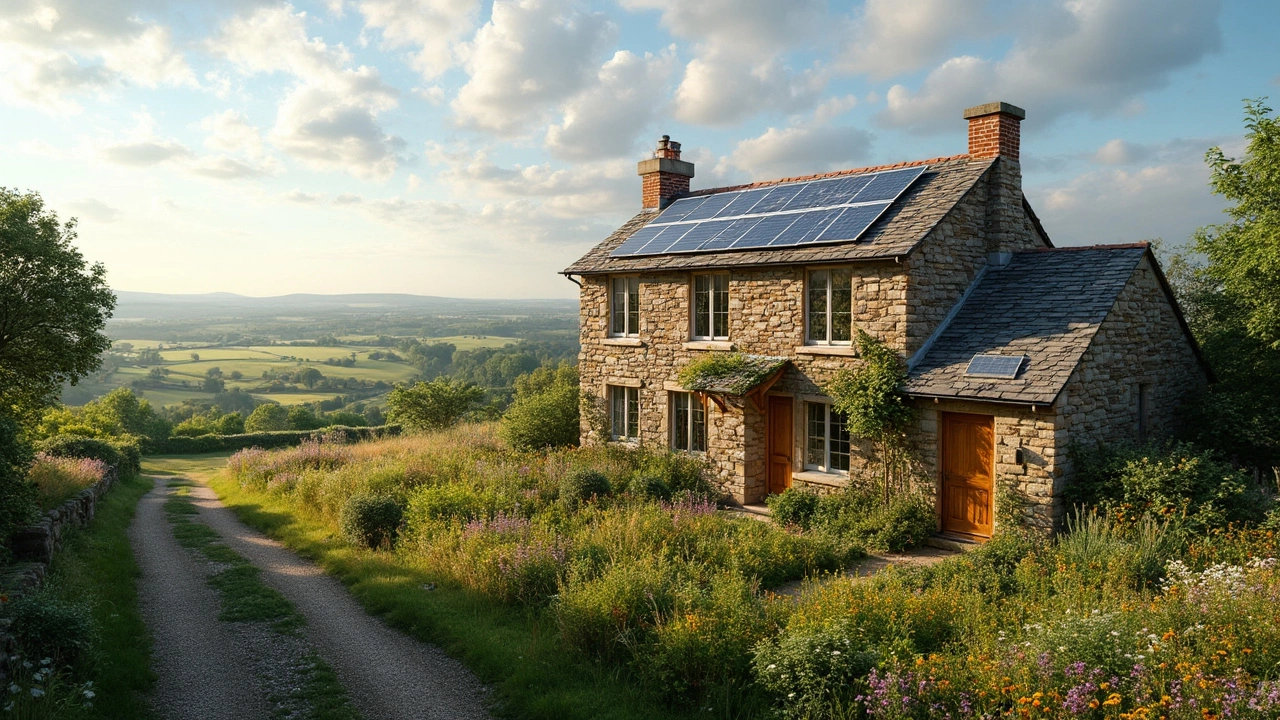
Sustainable Materials for Eco‑Friendly Stays
When you book a cottage or hotel near Loch Ness, you probably love the scenery, fresh air, and quiet. Adding sustainable materials to the mix makes the experience even better. These materials use fewer resources, create less waste, and keep the Highlands looking pristine for years to come.
Why Choose Sustainable Materials?
First, they lower heating and cooling costs. Wood, straw bale, or recycled insulation keep temperature steady, so you spend less on energy. Second, they reduce your carbon footprint. Building with reclaimed timber or hempcrete cuts down on the emissions that come from manufacturing new products. Third, they last longer. Durable, low‑maintenance finishes mean fewer repairs and less disruption for guests.
Guests also notice the difference. A room with natural stone walls feels calmer than one with synthetic panels, and many travelers now look for green credentials when they book. Offering sustainably built rooms can set your property apart from the competition and attract eco‑conscious visitors.
Best Sustainable Materials for Your Stay
Reclaimed Timber – Old beams salvaged from barns or factories add character and reduce demand for fresh lumber. They’re strong, look great, and often come with a unique story you can share with guests.
Hempcrete – A mix of hemp fibers, lime, and water, hempcrete is lightweight, breathable, and insulates well. It’s also carbon‑negative because hemp absorbs CO₂ while growing.
Straw Bales – Packed tightly into walls, straw bales provide excellent insulation and are inexpensive. Finished with lime plaster, they stay dry and fire‑resistant.
Recycled Metal Roofing – Using steel or aluminum made from scrap cuts energy use dramatically compared to new metal. It’s durable, reflects heat, and can be installed on any roof shape.
Low‑VOC Paints – Traditional paints release harmful chemicals into the air. Low‑VOC (volatile organic compound) options keep indoor air clean, which is especially important in small cottages where ventilation may be limited.
When choosing materials, think about the local climate. Loch Ness can be damp, so you’ll want breathable walls that manage moisture. Combining reclaimed timber with hempcrete walls and a recycled metal roof gives a resilient, low‑impact envelope that handles rain and cold nicely.
Maintenance matters too. Natural materials usually need simple upkeep – a coat of lime plaster every few years, or a quick seal on reclaimed wood. That’s cheaper and easier than constantly fixing synthetic components that degrade faster.
Finally, involve your guests. Small gestures like providing reusable water bottles, offering recycling bins, or showing a short video about the building’s green features can turn a stay into a learning experience. When travelers see the tangible benefits of sustainable materials, they’re more likely to choose your place again.
In short, sustainable materials aren’t just a buzzword. They lower costs, protect the environment, and create a more comfortable stay. By picking the right options for your Loch Ness cottage or hotel, you’ll deliver a greener experience that guests remember long after they leave.
